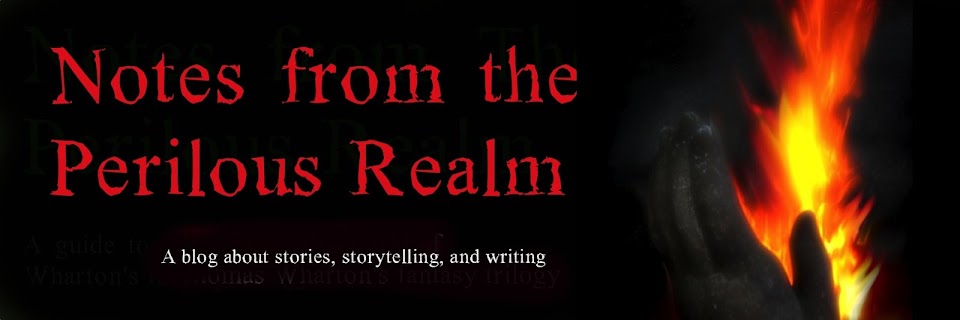Edmonton was the jumping off place for the gold seekers who were so unfortunate as to choose the overland route to the Klondike. They came from every part of the world and many, unused to the travel of the north, brought with them fantastic devices for making the long trip in quick time.
One of the most ingenious arrangements was that of Texas Smith. He arranged three barrels tricycle-wise, fixed shafts to the barrels, and hitched up a horse. Inside the barrels he carried all of his supplies. Texas got about seven miles before the hoops came off the barrels and he traced his way back to Edmonton by following the track of beans, rice and flour.
In a shed near the river bank, Brenneau Fabian was preparing for the journey. Noahs’ Ark, the people called his invention. It was a large vessel, large enough to hold a score of men. Made entirely of galvanized iron, the ship was hinged in the middle so that the stern could be folded over the bow and the whole pulled along on either wheels or runners – a streamlined version of the covered wagon. A team of oxen was to be the motive power on land, and sails on the water. The Juggernaut did not leave its place on the riverbank. For many years, Fabian’s Folly was an outstanding float in all parades in Edmonton.
Another party spent a long while constructing an ice boat. Since the group expected to do a little profiteering when they reached the gold fields, space had to be allowed for cargo. Gingerly the heavy contraption was tugged out onto the ice. The towering mast was hoisted and the expanse of sails set. The boat bade fair to become part of the ice. It would have taken a hurricane to move it. The grinning citizens rounded up fourteen teams of horses to haul the monstrosity back up the grade to the shed from which it emerged with such éclat.
The prime folly was that of the I Will Steam Company of Chicago. This firm manufactured a single piece of equipment: a steam sleigh for hauling a train of four cabooses on runners. Powered by a boiler and a marine engine, traction was provided by studding the cylindrical wheels of the engine with spikes or teeth. The first car behind the engine carried fuel, the second was the living quarters of the crew, and the third carried provisions. The date for the start arrived. The crew strode about oiling and wiping and testing gauges. “Let her go!” cried the leader. With the blast of a four-funnel liner, the sleigh lurched forward. The wheels churned, showering the spectators with clods of earth. The tractor wallowed and settled in the mire. All the frantic efforts to extricate her failed. The “I Will” wilted. Years later an enterprising sawmill man bought the machinery for his mill.
… Men with an eye to business advertised the Edmonton route far and wide as the best, quickest, and easiest route to the Klondike. Hundreds believed this golden hokum, and hundreds died of scurvy, of starvation, of heartbreak, somewhere in the North.
-- From Johnny Chinook, Tall Tales and True from the Canadian West, by Robert Gard, 1945.
Robert Kroetsch's novel The Man from the Creeks tells a story of the Klondike Gold Rush, based on the famous poem "The Shooting of Dan McGrew" by Robert Service.


No comments:
Post a Comment